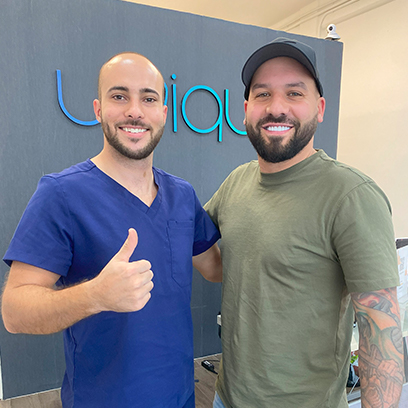
What Are Dental Crowns?

Dental crowns are special “caps” placed over damaged or weakened teeth to restore their shape, size, strength, and improve their appearance. Crowns help protect teeth from further damage and can be made from various materials, such as ceramic, porcelain, metal, or a combination of these.
When should you get crowns?
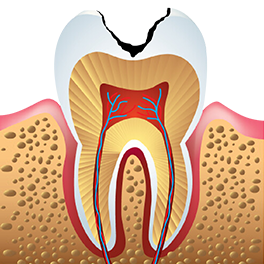
Cavities
If decay has damaged a large portion of the tooth, a crown may be necessary to protect the remaining tooth structure after the affected tissues have been removed
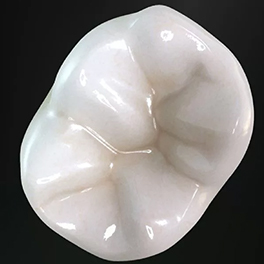
Durability
Crowns made from durable materials like porcelain or zirconia can last for many years, providing long-term protection and preserving the tooth’s function.

Large filling
If a tooth has a large filling that weakens its structure, a crown can provide additional support and longevity
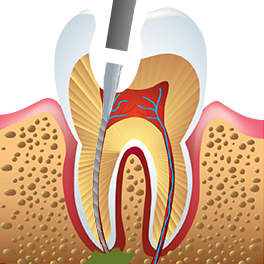
After root canal treatment
Following a root canal, the tooth becomes more fragile, and a crown helps protect it from potential cracks or fractures
Crown Replacement: Before and After
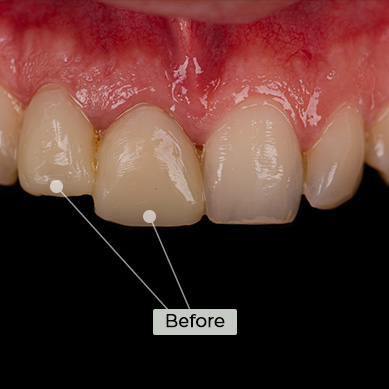
Example of a Poorly Made Crowns
A case of an unsuccessful dental crown fabrication, where rough edges and a color mismatch with neighboring teeth are noticeable. These flaws disrupt the aesthetics of the smile and do not look natural

Example of a High-Quality Dental Crowns
After our treatment and laboratory fabrication, the dental crown was crafted with precise edge finishing and perfect color matching to the neighboring teeth. The result looks natural and harmonious, restoring the aesthetics of the smile and giving it a natural appearance

Technology and Materials:
Zirconia (ZrO2): For crowns on molars, we use zirconia (ZrO2). This material offers exceptional strength and durability, making it the ideal choice for teeth that endure heavy chewing loads. ZrO2 provides high wear resistance and maintains its structure over many years.
Emax (Lithium Disilicate Porcelain): For front teeth, we recommend using Emax — a lithium disilicate porcelain. This material is known for its high aesthetics and translucency, allowing crowns to closely mimic natural teeth. Emax is perfect for restoring front teeth, creating a natural and attractive appearance.
Crown Installation Process
A Restored Smile in Just Two Appointments
1. Preparing the Tooth for Crown Placement
The tooth that will support the crown is reshaped to create space for it. This ensures that the crown fits snugly and remains stable.
2. Taking impressions
An impression of the tooth and surrounding tissues is taken and sent to a laboratory for the crown to be made.
3. Placement of a temporary crown
A temporary crown is placed to protect the prepared tooth and maintain aesthetics while the permanent crown is being fabricated.
4. Fabrication of the permanent crown
You can choose the material for your future crown, after which it will be crafted considering the shape, size, and color of your tooth. Materials can include porcelain or zirconia.
5. Fitting and placement
The permanent crown is adjusted to fit the tooth, and if it fits well, it is cemented onto the tooth using special dental cement.
6. Adjustment and final fixation
If necessary, the crown is adjusted for proper bite alignment. Once everything is set correctly, the procedure is completed.
Comparison of Zirconia and Porcelain Dental Crowns
Zirconia Crown
Created in the laboratory from individual impressions
Description: Zirconia crowns are a top choice for patients seeking a durable and aesthetically pleasing solution for restoring their teeth. Known for their exceptional strength and resistance to wear, these dental crowns are particularly suited for both front and back teeth, providing a natural appearance that blends seamlessly with the rest of the teeth. Ideal for those who require a long-lasting restoration that can withstand the forces of chewing.
Characteristics:
- Lifespan
- Installation Time
- Teeth Preparation
- Material
- Maintenance
- Aesthetics
- Strength
- Wear Resistance
- Competitive price
- 15-20 years
- 2-3 visits
- 0.5-1.0mm
- Zirconia
- No needed
- Perfect
- Excellent
- High
- Affordable
Porcelain Crown
Created in the laboratory from individual impressions
Description: Porcelain crowns are perfect for achieving a natural-looking smile, especially for front teeth. They mimic natural tooth color and are hypoallergenic, making them great for those with metal allergies. Though beautiful, they are slightly less durable than zirconia dental crowns. They are renowned for their ability to accurately mimic the natural color and translucency of teeth, making them an ideal choice for front teeth.
Characteristics:
- Lifespan
- Installation Time
- Teeth Preparation
- Material
- Maintenance
- Aesthetics
- Strength
- Wear Resistance
- Competitive price
- 15-20 years
- 2-3 visits
- 0.5-1.0mm
- E.Max
- No needed
- Excellent
- High
- High
- Affordable
Why do clients choose us and stay with us for years?

Continuous Training: We constantly enhance our skills by participating in international medical training.

Honest and Transparent: No hidden fees here — prices are transparent before and after treatment.
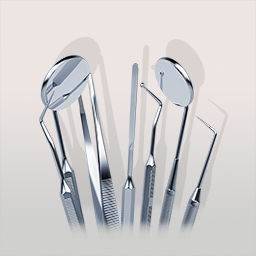
100% Sterility: We guarantee complete sterility of all materials and instruments.

Patient Comfort Priority: Your comfort and minimizing pain are our top priorities.

Premium Materials: We use only high-quality materials from US, Italy and Japan.

Patient Comfort Priority: Your comfort and minimizing pain are our top priorities.

Technological Superiority: Our clinic is equipped with the latest European medical technology.

Only the highest quality materials from the USA, Italy, and Japan.

Central Location: Conveniently located near Las Americas Mall in the heart of the city for accessibility.

Highly Qualified Specialists: Our team comprises doctors with extensive professional experience ranging from 6 to 14 years.
Book your consultation now!

A Few Numbers
Patient Smiles by Dr. Emilio
FAQ
Most frequent questions and answers
A dental crown is a cap placed over a damaged tooth to restore its shape, size, and strength, and to improve its appearance. It helps protect and strengthen the tooth structure.
A dental crown covers and protects the entire or a large part of the tooth, often used after significant decay, damage, or root canal treatment. It restores the tooth’s shape, strength, and functionality. A filling, however, fills in a small area of decay within a tooth, restoring its integrity and preventing further damage without covering the tooth entirely.
The lifespan of dental crowns depends on the material used. Porcelain crowns can last up to 15 years, offering a natural appearance. Zirconia crowns are more durable, potentially lasting up to 20 years due to their high resistance to wear and cracking.
Metal-ceramic crowns, which combine a metal base with a ceramic coating, typically last about 10-15 years. They offer the strength of metal with the aesthetic appeal of ceramic, providing good durability and appearance.
Choosing between zirconia and porcelain crowns depends on your specific needs. Porcelain crowns offer a natural appearance, making them ideal for front teeth where aesthetics are important. Zirconia crowns are stronger and more durable, suitable for back teeth that endure greater biting forces. Both materials are biocompatible, meaning they are well-tolerated by the body.
Disadvantages of dental crowns include the need to reshape the tooth, which irreversibly removes some healthy tissue and may lead to the necessity for root canal treatment. Crowns require precise fitting and placement, and must be crafted in a lab, typically within a day. They can be expensive and may cause discomfort or bite issues if not properly installed.
Dental crowns require standard care similar to natural teeth, but overall, they do not decay because they are made from materials such as porcelain or zirconia. However, it’s important to maintain good oral hygiene to prevent gum disease and ensure the longevity of the crown. Regular brushing, flossing around the crown, and routine dental check-ups are essential to keep the supporting gum and tooth structure healthy.
Get in touch
Mexico, Cancun
MON-FRI 09:00 – 18:00

